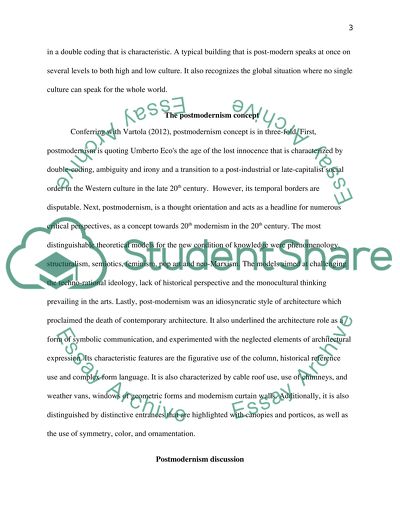Cite this document
(“Architectural History, Theory & Criticism Essay”, n.d.)
Retrieved from https://studentshare.org/architecture/1679708-architectural-history-theory-criticism
Retrieved from https://studentshare.org/architecture/1679708-architectural-history-theory-criticism
(Architectural History, Theory & Criticism Essay)
https://studentshare.org/architecture/1679708-architectural-history-theory-criticism.
https://studentshare.org/architecture/1679708-architectural-history-theory-criticism.
“Architectural History, Theory & Criticism Essay”, n.d. https://studentshare.org/architecture/1679708-architectural-history-theory-criticism.


